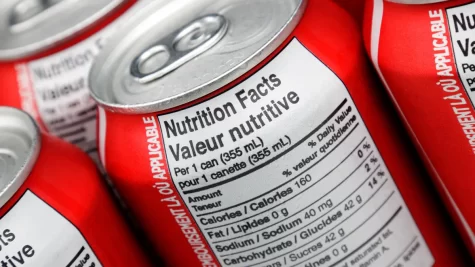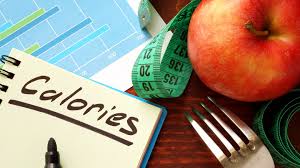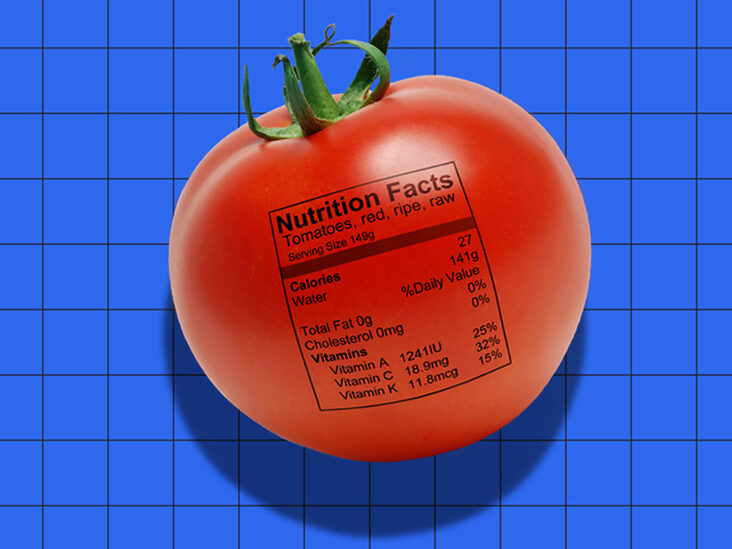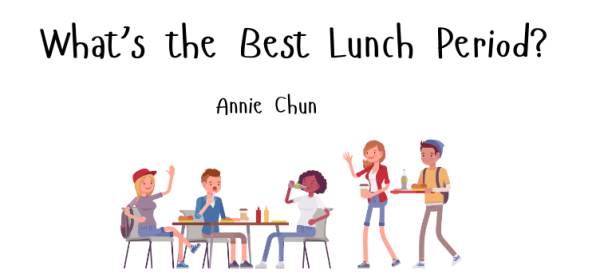Calorie Catastrophe
What is a calorie? A calorie is defined as the amount of energy present in a food or drink item. There tends to be a misconception that calories equal fat but that is not completely true. Because calories equal energy, the greater number of calories consumed equals more energy. Once our bodies have used the necessary calories for energy, the leftover calories are stored as body fat. Without enough calories, an individual won’t have enough energy, therefore, the muscle will be consumed away. Calories can be used to gauge how much food should be consumed in a day. It can be beneficial for weight loss or a way to regulate the quantity of food being eaten. Although there are many benefits, calories can be harmful to individuals with eating disorders or disordered eating.
An eating disorder is a mental illness, characterized by eating, exercising, or bodyweight becoming an unhealthy preoccupation in someone’s life. Social media can encourage a certain body type which can lead to individuals thinking negatively about their bodies. Calories are something that can be controlled, making it desirable to limit them, in order to fit the media’s standards. Thought processes like restricting food intake to look skinnier, or as a form of control, can become exhausting and time-consuming. For individuals with an eating disorder or disordered eating, calories can be obsessive. Even people without eating disorders can be affected by calories because of the negative connotation they hold. Individuals may be more inclined to choose the option with fewer calories even if it’s the less desirable choice. The calorie counts on menus can be helpful and should continue to be available, but there should be an option to ask for a menu that excludes calories in order to keep them from being so prominent and help individuals with eating disorders recover.

In early 2018 a law passed saying “restaurants and similar retail food establishments that are part of a chain with 20 or more locations” must-have calories listed next to their food items. Additionally, it is required to list a statement on the menu that reads something along the lines of ‘the daily recommended intake is 2,000 calories.’ Being aware of how many calories should be reached is important, but it’s crucial to realize a higher number of calories doesn’t mean it is less healthy. For example, despite the nutritional value of most salads being higher than a burger and fries, it is common for the calorie count of salads to be higher than burgers.
The thought process behind passing this law is because of the climbing obesity numbers. It was hoped that one would choose an option with fewer calories if faced with the raw numbers. The FDA states “Calories from beverages can add up quickly. With calorie information, you can find lower-calorie options,” which encourages ‘people to choose drinks with fewer calories. There is no evidence this law has changed or improved the obesity numbers. The National Library of Medicine explains and compares menu labeling to, “surgeon general warnings on cigarette packages.” Nutrition facts are important, but consuming a large number of calories and smoking cigarettes are not comparable.

Every eating disorder is different, but some parts of recovery include weight gain which can be a scary, long process. Events based around food or consuming large meals can be difficult and mentally draining. The last thing someone with an eating disorder needs is to worry about the calories listed on the menu. Every restaurant that is required to have calories listed on their menu, should also have menus available without the calorie count. The option should be available upon request, just like gluten-free menus or other dietary restricted menus. This option could take away some of the anxiety that comes with public eating with friends and family.
After talking with some food chains in the area, it became apparent they didn’t seem open to the change. Although they aren’t open to the idea now, I believe if people begin to request menus without calories or begin asking questions regarding the topic, the issue will be brought to their attention. With time and response from the community, restaurants will feel more inclined to take the steps toward a menu without the calories listed.

Hi! My name is Olivia Lieberman, and I am one of the EICs this year. I am a senior, and this is my third year writing for the school newspaper. I enjoy...





